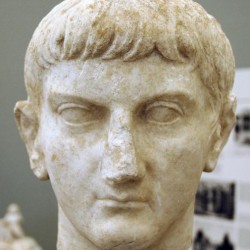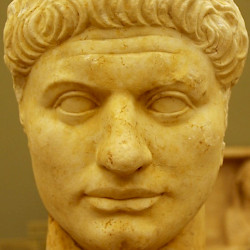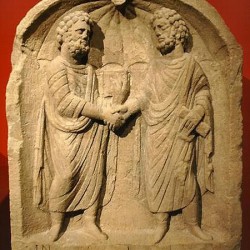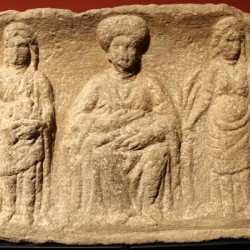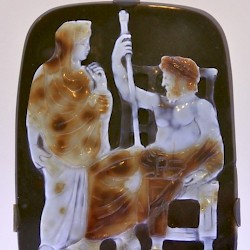Stuttgart, Württembergisches Landesmuseum
Q1332706Stuttgart, the pleasant, modern capital of the state of Baden-Württemberg in southwestern Germany, is built around an old castle, which is one of the locations of the Württembergisches Landesmuseum. There are several departments, and among these is a comparatively small but interesting collection of Greek and Roman art. It includes a couple of splendid art objects from Alexandria, some jewelry, and a number of beautiful portraits.
It is unfortunate that the most impressive collection is not in the old castle, but across the street, in a different building: the lapidarium. Here, you can see one of the best collections of Roman provincial art that I’ve ever seen. It is divided into the usual categories (army, administration, and religion, which is again subdivided into Roman, native, eastern), and has good explanatory signs. What makes it special is the quality of the monuments and the quiet atmosphere. We arrived as a small group, and the friendly guard was surprised with so much attention. The really surprising thing is, of course, that so many visitors of the old castle appear to ignore the museum’s advice to cross the street. (To be honest, Kaffee und Kuchen on the castle’s court are quite tempting alternatives.)
There’s a third part. A small gate in the eastern wall of the castle gives access to a small exhibition on the Von Stauffenberg brothers, who, as members of the highest German nobility, spent part of their youth in the Stuttgart castle. This is not the place to discuss their heroism: it is well-known how they paid with their lives for their unsuccessful attempt to assassinate Hitler in July 1944.
What I did not know, was that they belonged to the circle of the poet Stefan George (1868-1933), who believed that the world needed a well-educated, ascetic, selfless elite to guide the masses: ideas reminiscent of, and inspired by, Plato. Although they lived less ascetic lives than George, the Von Stauffenbergs acted according to his principles, and among the exhibited objects is a secret oath in which they accepted as an axiom that a mix of Greek and Christian roots within the German soul had created Western Man. I confess that I felt a bit uncomfortable with these ideas, but it shows how seriously the Germans have taken classical studies. The Von Stauffenbergs saw knowledge of Greece and Rome not as an occasion for display, but as a call to act. And act they did.
This museum was visited in 2005, 2009, 2012.

